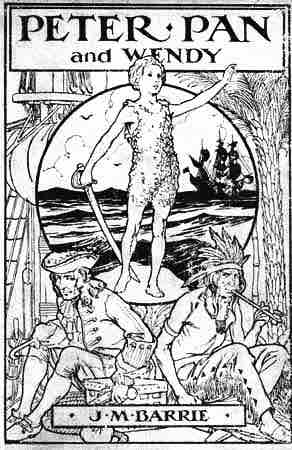A feral child is a human child who has lived isolated from human contact from a very young age, and has no (or little) experience of human care, loving or social behavior, and, crucially, of human language. Some feral children have been confined in isolation by other people, usually their own parents. In some cases, this child abandonment was due to the parents rejecting a child's severe intellectual or physical impairment. Feral children may have experienced severe child abuse or trauma before being abandoned or running away.
Depictions of Feral Children
Myths, legends, and fictional stories have depicted feral children reared by wild animals such as wolves and bears. Legendary and fictional feral children are often depicted as growing up with relatively normal human intelligence and skills and an innate sense of culture or civilization, coupled with a healthy dose of survival instincts. Their integration into human society is also made to seem relatively easy. These mythical children are often depicted as having superior strength, intelligence, and morals compared to "normal" humans. The implication is that because of their upbringing they represent humanity in a pure and uncorrupted state, similar to the noble savage.
Feral Children in Reality
In reality, feral children lack the basic social skills that are normally learned in the process of enculturation. For example, they may be unable to learn to use a toilet, have trouble learning to walk upright, and display a complete lack of interest in the human activity around them. They often seem mentally impaired and have almost insurmountable trouble learning human language. The impaired ability to learn language after having been isolated for so many years is often attributed to the existence of a critical period for language learning at an early age, and is taken as evidence in favor of the critical period hypothesis. It is theorized that if language is not developed, at least to a degree, during this critical period, a child can never reach his or her full language potential. The fact that feral children lack these abilities pinpoints the role of socialization in human development.
Examples of Feral Children
Famous examples of feral children include Ibn Tufail's Hayy, Ibn al-Nafis' Kamil, Rudyard Kipling's Mowgli, Edgar Rice Burroughs' Tarzan, J. M. Barrie's Peter Pan, and the legends of Atalanta, Enkidu and Romulus and Remus. Tragically, feral children are not just fictional. Several cases have been discovered in which caretakers brutally isolated their children and in doing so prevented normal development.
A real-life example of a feral child is Danielle Crockett, known as "The Girl in the Window". The officer who found Danielle reported it was "the worst case of child neglect he had seen in 27 years". Doctors and therapists diagnosed Danielle with environmental autism, yet she was still adopted by Bernie and Diane Lierow. Danielle could not speak or respond to others nor eat solid food. Today, Danielle lives in Tennessee with her parents and has made remarkable progress. She communicates through the PECS system and loves to swim and ride horses.

Peter Pan
Peter Pan is an example of a fictional feral child.